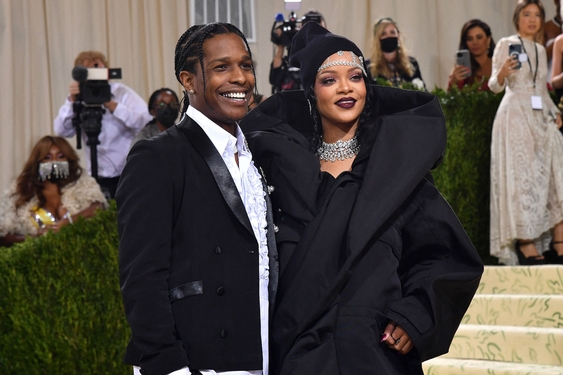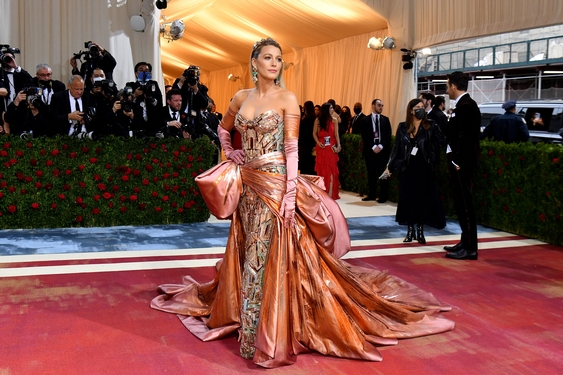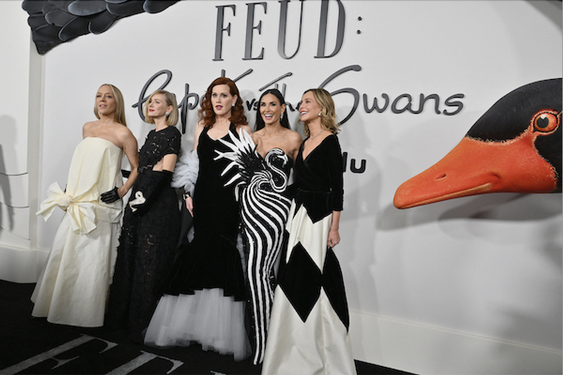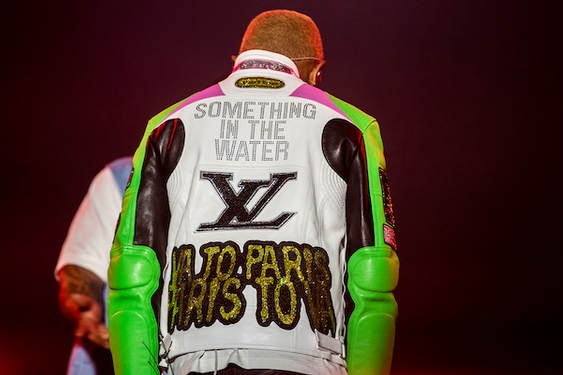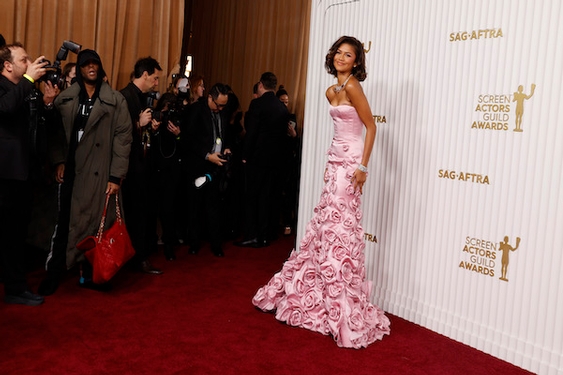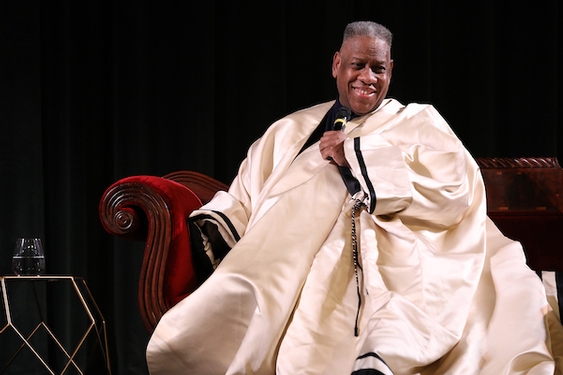As the world knows, first lady Melania Trump took a safari in Kenya on Friday in a pair of slim-fitting khakis, knee-length boots, a crisp white shirt, and — topping it all off — a hard white hat of the type made popular by colonizers.
The offending accessory has a name. It’s called a pith helmet, and it shows up in pop culture all the time in stories like Tarzan, where Africans are depicted as savages tamed at the hand of Europeans.
Laura Seay, an assistant professor at Colby College who studies African politics, told NPR that in some cases pith helmets were worn because colonialists were afraid of high levels of radiation in the tropics. (That unscientific theory, like many built on ignorance, was eventually debunked.) They were routinely worn by colonial military personnel.
Cue the visceral reaction.
Frankly, I’m tired of writing about the drama tangential to the Trump White House. As with the president’s Twitter feed, we focus on the lady Trump’s fashion — and move away from the issues at hand.
I want to ignore her. Why give this woman any more ink or, more important, any of my precious time?
But the reality is we can’t afford to look away because these outfits are costumes of white supremacy. And we’d be kidding ourselves if we didn’t see them as such.
The optics are important, and the first lady’s handlers are keenly aware of this. They are yet another dog whistle for the white-supremacist fringe who’d prefer not to see people of color in “their” country, and if they do would rather they be the help.
On Saturday, journalists asked Trump about her Friday ensemble. And standing in front of Egypt’s Great Sphinx in yet another white hat — this one more favored historically by segregationists rather than colonizers — she told reporters “I wish people focus on what I do, not what I wear.”
Oh, for the love of God.
This is from the first lady who carefully curates everything, starting with her appearance in a powder-blue Jackie Kennedy-esque ensemble at President Trump’s inauguration and extending to that Zara drawstring jacket emblazoned with the words “I really don’t care, do u?”
So I won’t — no, I can’t — ignore this Columbus Day weekend choice to promote her “Be Best” campaign wearing khaki-hued ensembles inextricably linked to some of the world’s most violent colonizers.
Visiting the center of the slave trade, including Ghana’s Cape Coast Castle, the former model posed as though she were in a fashion magazine center spread, wearing the outfits of men who’d committed some of world history’s most awful monstrosities.
But she wasn’t in a make-believe world created by fashion directors to entice us to buy clothes. This was real-life images embracing colonialism.
Traditionally, it is the first lady who acts as the well-dressed conscience of the country. She represents what she wants America to be to the world. She is the country’s face of kindness. She is what America aspires to be.
God help us all.



